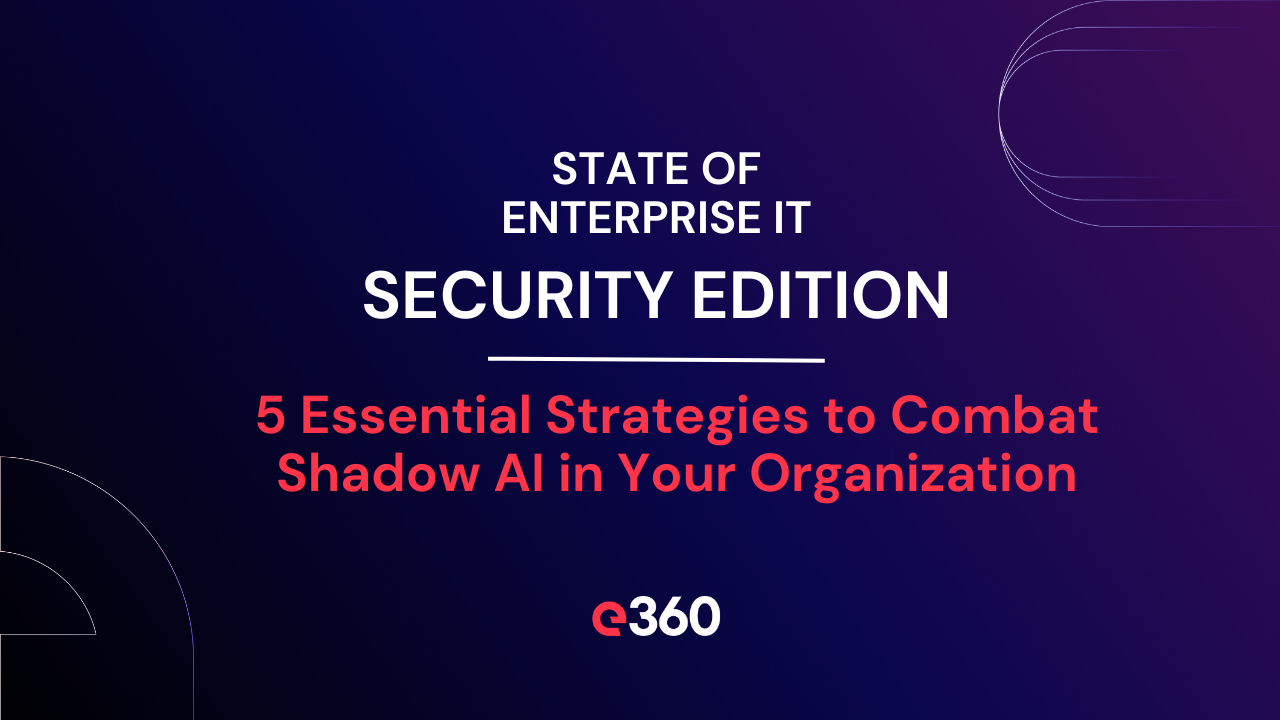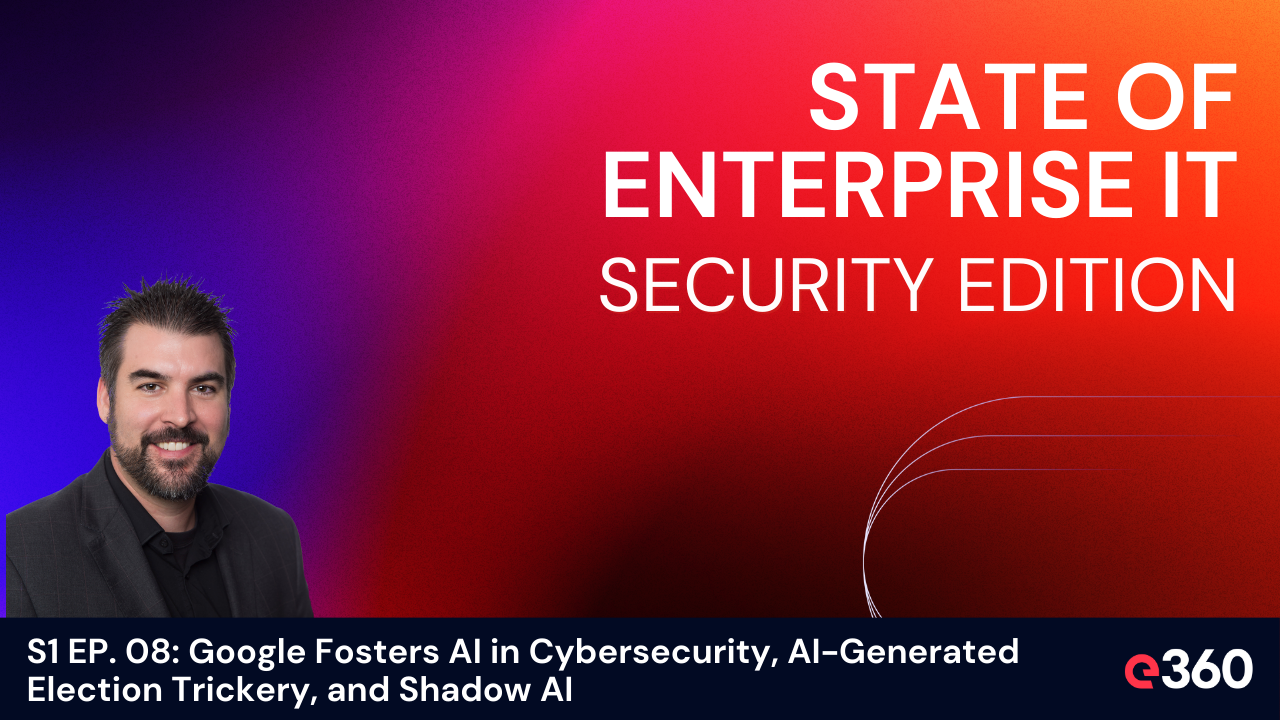In Episode Eight of the "State of Enterprise IT Security" podcast, hosted by Brad Bussie, a critical and timely topic was brought into focus: Shadow AI. This phenomenon, akin to the well-documented challenges of Shadow IT, represents a significant and growing concern for organizations navigating the complex digital landscape.
Shadow AI: An Overview
Shadow AI emerges when employees utilize unsanctioned AI applications or large language models (LLMs) without explicit approval or oversight from their organization's IT department. Bussie succinctly captures the essence of this issue: "employees are leveraging things that we call unsanctioned applications... it's not controlled by IT... Next thing you know, you're looking at a data breach or something else."
This unauthorized use of AI technologies can lead to unintended security vulnerabilities, data breaches, and a host of other risks that could compromise an organization's integrity and the privacy of its data.
Five Strategies to Combat Shadow AI
The podcast delineates five essential strategies for organizations to identify and mitigate the risks associated with Shadow AI:
-
Comprehensive Technical Controls: Establishing robust security measures like network traffic monitoring, secure web gateways, and endpoint detection and response. These controls are vital for pinpointing unexpected AI-related activities and identifying unauthorized AI software usage.
-
Conducting a Staff Survey: Gaining insights into how employees are using AI tools through simple surveys can reveal the extent of Shadow AI within an organization. Bussie emphasizes, "it's interesting how much information you can get just from a simple one two question survey."
-
Onboarding Due Diligence: When onboarding third-party vendors or partners, it's crucial to understand their AI usage and ensure it aligns with your organization's security policies. This approach helps identify potential Shadow AI risks introduced by external parties.
-
Enforcing Consequences for Unauthorized AI Use: Implementing and enforcing clear policies and consequences for the use of unauthorized AI tools within the organization. As Bussie notes, "implementing consequences for the use of unauthorized AI... sends a strong message to organizations."
-
Educating Users: Perhaps the most critical strategy is educating users about the risks associated with Shadow AI and the importance of adhering to approved AI tools and practices. Bussie argues for the importance of user education, stating, "educating users is still very important... we left technology last on purpose."
Key Takeaways
Shadow AI poses a significant risk to organizations, but by adopting a comprehensive approach that includes technical controls, staff surveys, diligent onboarding processes, strict enforcement of policies, and thorough user education, businesses can better safeguard against the unintended consequences of unauthorized AI use.
Bussie's discussion on Shadow AI not only highlights the challenges but also provides a roadmap for organizations to follow, ensuring they are better equipped to navigate the complexities of modern AI usage within the corporate environment.
Episode Eight of the "State of Enterprise IT Security" podcast is available now. For more insights into how technology shapes our world, stay tuned to our blog for the latest in enterprise IT security and beyond.



